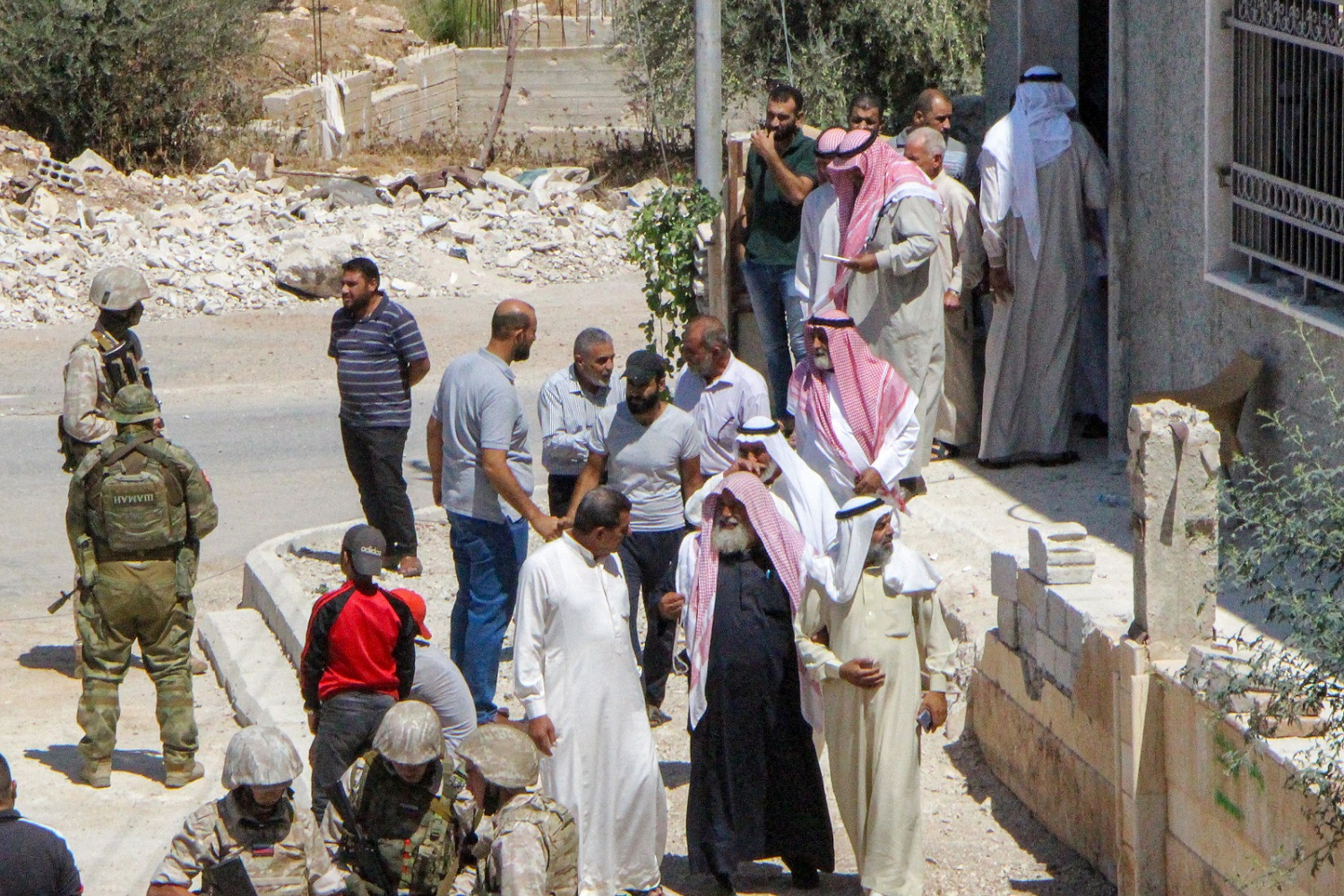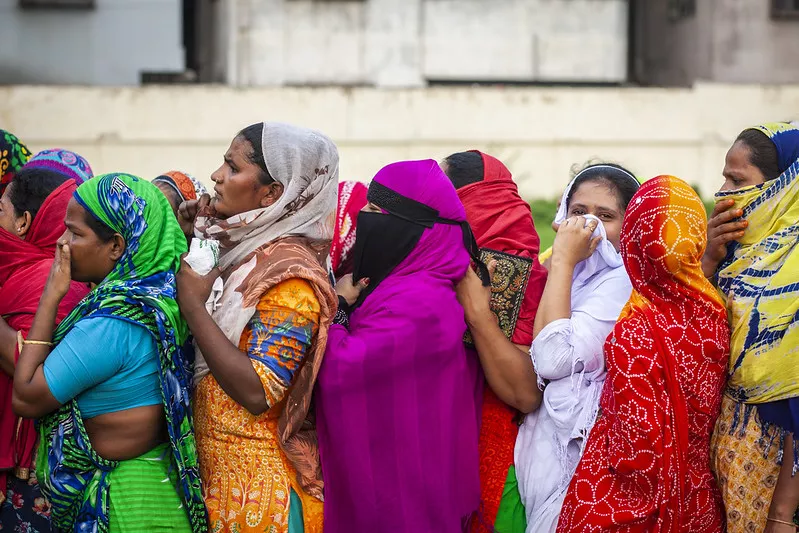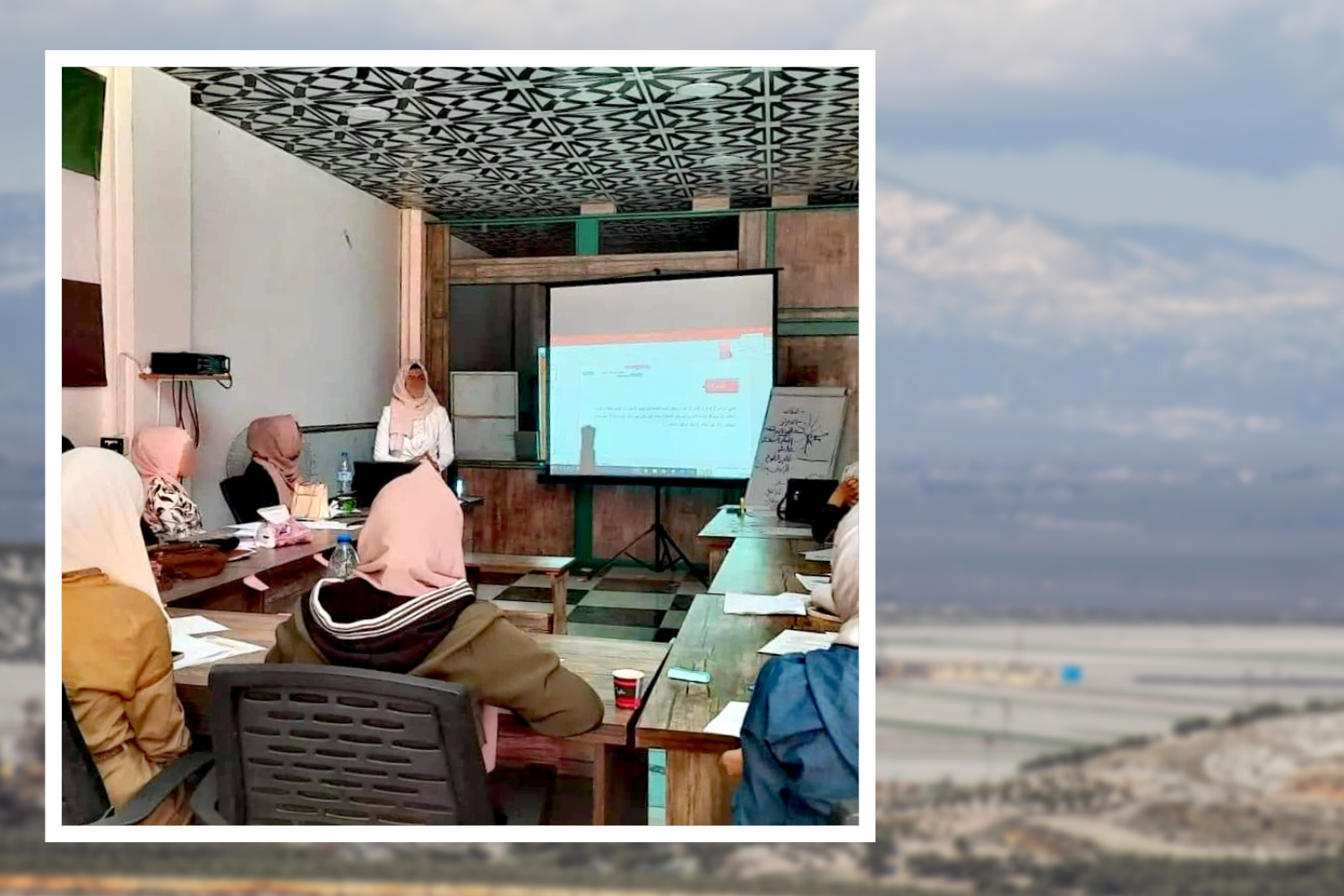Five years have passed since Russia mediated a reconciliation agreement in Daraa, southwestern Syria, resulting in the Syrian regime retaking control of border crossings and state institutions throughout the region. Daraa governorate continues to witness violence, instability, and worrying conflict dynamics, such as the changing roles of local and regional armed and political actors.
This blog by Muhannad al-Rishdiscusses how the reconciliation agreement in Daraa created a path not for building local peace, but towards a region dominated by insecurity and instability.
As one of the early supporters of the peaceful Syrian uprising in 2011, the southern governorate of Daraa also bore the full brunt of the armed conflict between the opposition and the Syrian regime. Daraa governorate hosted the largest Syrian armed opposition coalition that was then called the Southern Front, and which included dozens of factions and armed groups. With the financial support of the US and other Western countries, the Southern Front made significant territorial gains and controlled large parts of Daraa governorate. On May 4, 2017, southern Syria was listed as a de-escalation zone within the framework of the Astana peace initiative between the so-called guarantors of the peace process, namely Turkey, Russia and Iran. A few months later, the de-escalation plan was approved during a meeting between Moscow and Washington on the sidelines of the G20 summit in Hamburg. After almost six years of intense fighting, the most influential actors of the Syrian peace process agreed on a ceasefire between the armed opposition and the regime in southwestern Syria.
The truce lasted only for a year. In July 2018, Syrian regime forces launched a Russian-backed military campaign to retake control of southwestern Syria. Drawing on its military domination, Russia mediated a settlement and reconciliation agreement between warring parties. Opposition groups reluctantly agreed to hand over border crossings and heavy and medium weapons to the Syrian regime, in exchange for a settlement on the issue of armed and wanted persons. The agreement also included the return of state institutions to areas that were previously controlled by the opposition. Finally, the agreement included a regional dimension as Russia committed to remove Iranian-backed militias from southern Syria, in order to secure and protect the Jordanian and Israeli borders. The agreement was followed by the return of the Syrian regime, the release of detainees in Daraa governorate, and the displacement to northwest Syria of those fighters who rejected the agreement. Some of the former opposition fighters were integrated in the ranks of the newly-established Eighth Brigade – a sub-division of the Russian-backed Fifth Corps –, which became affiliated with regime’s Military Security Intelligence.
However, five years after the agreement, Daraa governorate is still witnessing acts of violence and instability, as well as worrying conflict dynamics, such as the changing roles of local and regional armed and political actors. This blogpost discusses how the reconciliation agreement in Daraa transformed from a path towards building local peace, into a gateway towards a region dominated by security chaos and instability. Specifically, it looks into the consequences of the Syrian regime’s continued use of an aggressive approach towards opposition communities, the gradual withdrawal of guarantees by Russia as a mediator, and the securitization of peace and reconciliation.
The Syrian regime’s control-at-all-costs attitude in Daraa governorate
Despite the settlement and reconciliation agreement, Daraa remains home to some pockets of opposition, which serves as a justification for the Syrian regime to achieve absolute military-security control over the governorate. Notably, the city of Daraa and its western countryside, and the area of al-Jaidur in the north of the governorate have been subjected to military assaults, including a comprehensive blockade, heavy shelling, and ground attacks. Since the summer of 2021, the regime forces have launched a series of military operations that resulted in the siege of Daraa al-Balad, a neighbourhood in the city of Daraa. The Syrian regime used its military upper hand to re-negotiate the terms of the agreement with the Central Committee – a body that represents the civilian communities of the region – and impose further security restrictions on Daraa al-Balad. In late 2022, the Syrian regime used the same strategy in the city of Tafas, in the western countryside of Daraa, and a well-known pocket of opposition that remained outside the control of the regime after the 2018 settlement.
These attacks revealed the goals of the Syrian regime to impose its military control over the entire governorate, in addition to its continued use of violence towards local communities branded as ‘opposition’. These attacks, which fostered instability, insecurity and mistrust towards the regime across the governorate, clearly undermined efforts to achieve local reconciliation and peace in Daraa.
Russia, the false guarantor of the 2018 Southern Agreement
Russia played a prominent mediating role between the Syrian opposition and the Syrian regime forces in 2018. Interestingly, Russia implemented a reconciliation strategy in Daraa that differed from similar agreements in other regions – such as the northern countryside of Homs and Eastern Ghouta* – where it offered flexible conditions and avoided mass displacement of opposition fighters and their families. Moreover, Russia understood the strategic value of Daraa, as the governorate shares borders with Jordan and Israel. As such, the stability of Daraa is essential to maintain a regional balance. Finally, Russia established the Eighth Brigade as a division of the Fifth Corps, to absorb the members of the most prominent armed opposition faction in Daraa, the Sunna Youth Forces. Beyond facilitating the immediate reintegration of opposition fighters, Russia promoted itself as the only security guarantor in Daraa.
Despite promising commitments, Russia gradually withdrew from its neutral position. For instance, it failed to condemn and act in the face of the military abuses committed by the Syrian regime, including the arrest of former opposition leaders and civilians subject to reconciliation. In addition, local sources close to the central committees2 revealed that Russia strongly supported the strategy of the Syrian regime to re-negotiate the settlement following military campaigns in 2021 and 2022. From a military point of view, Russia slowly disengaged from the southern front, a move that was accelerated by the outbreak of the Russia-Ukraine conflict. Most notably, Russia transferred the commandment of the Eighth Brigade to the Syrian Military Security Intelligence. More local sources confirmed that the Russian officers responsible for the implementation of the settlement in Daraa governorate informed Syrian local negotiators that Russia had ended its commitment to the role of mediator and guarantor in the south of the country.
The disengagement of Russia from southern Syria in general, and Daraa in particular, only reinforced the unaccountability of the Syrian regime, aggravated mistrust and deepened the divide between local communities and the Syrian regime. For many Syrians, it also demonstrated that Russia’s model of conflict mediation failed to restore stability and security, let alone achieve durable reconciliation and peace in the country.
Security chaos and the struggle for local influence in Daraa Governorate
Over the past five years, several factors have played an important role in the continuation of security chaos and instability in Daraa Governorate. Such chaos is visible through continuous assassinations, kidnappings, arbitrary arrests, and military operations. The security situation in the governorate is rendered particularly complicated by the presence of multiple conflicting parties, including the Syrian regime and the local groups it supports, Iran-backed militias, the remnants of opposition groups, and spreading Islamic State (IS) cells. This is despite the efforts of the Syrian regime and its Russian ally to make the conflict appear more dual – the Syrian regime against the opposition – and less complex in terms of factionalism. In their respective search for influence over the governorate, each party benefitted from and fueled this security chaos.
The areas controlled by the Syrian regime in Daraa are characterized by local instability. In a strategy that is painfully reminiscent of its tactics after the outbreak of the peaceful protests over twelve years ago, the Syrian regime is now using the presence of IS cells as a pretext to launch military operations and to achieve more control over local communities. At the same time, its security service uses IS members as their private military contractors to carry out assassinations targeting influential local opposition figures in Daraa. However, this strategy has started an endless cycle of vendetta; targeted assassinations now plague all parties, including members of the Syrian regime, former opponents, and civilians not affiliated with any military authorities.
Chaos in Daraa is further fueled by the expansion of smuggling and drug trafficking networks in the governorate. This parallel economy is managed by local conflicting parties such as Iran-backed militias and has the potential to disrupt the whole Middle Eastern region.
Conclusion
The aftermath of the settlement and reconciliation agreement in Daraa illustrates the lack of will of various warring parties to achieve local peace, let alone a national accord. Rather, the agreement was used as a weapon to gain military control and influence over the governorate and its populations. Reconciliation in Daraa did not even achieve the conditions for building peace in the region, as Syrian communities are still desperately waiting for the end of military attacks and arbitrary arrests, the release of prisoners, the compensation of victims of the conflict, and social reintegration.


